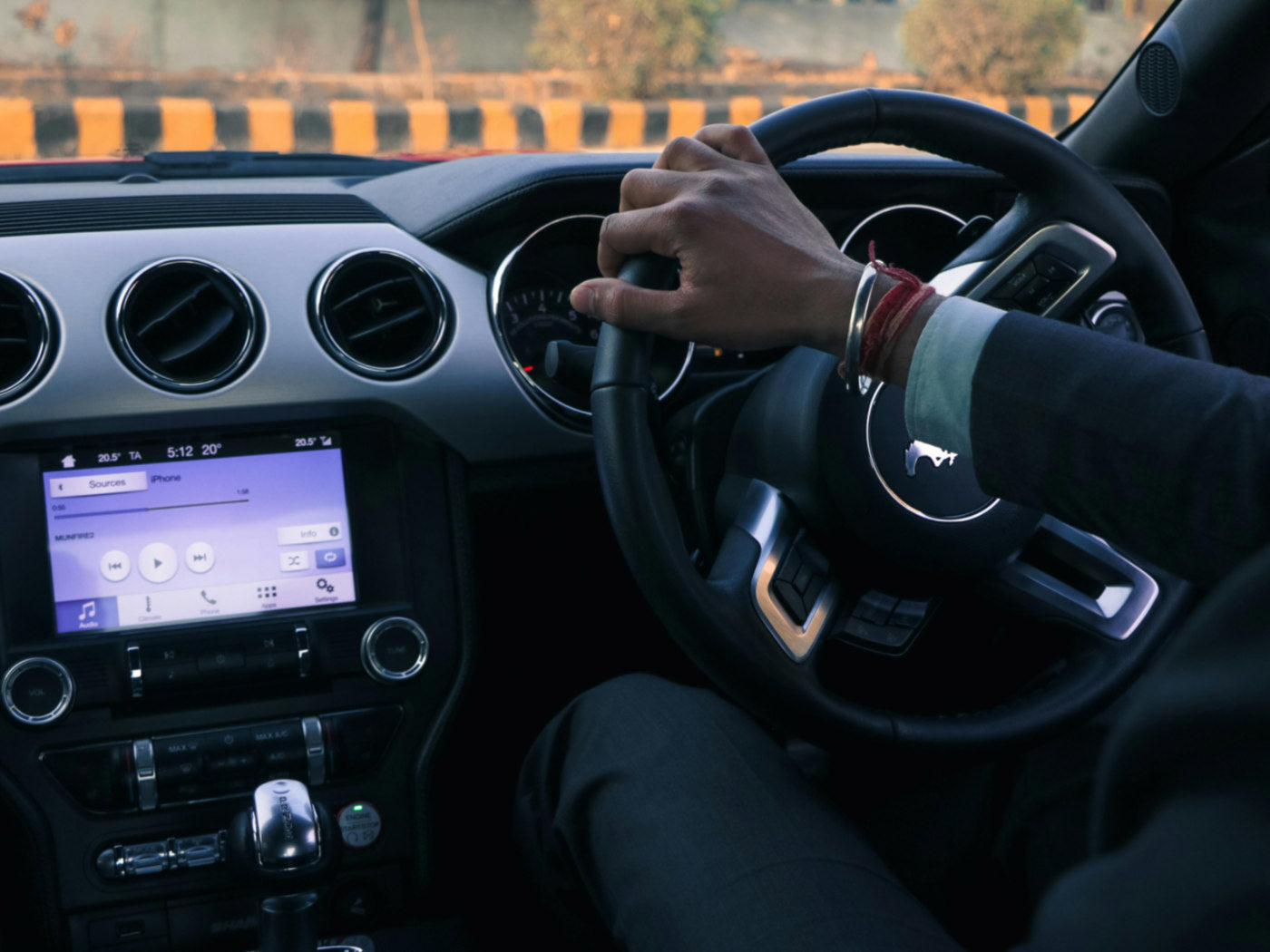You may have caught wind of the recent online buzz surrounding drivers sporting their Apple Vision Pro headsets while navigating the roads. These eye-catching moments, often captured in viral videos, have sparked heated debates regarding the safety and legality of using such technology while driving.
While it might seem like a cool idea to have a virtual assistant right in front of your eyes while driving, there are some serious risks involved. Driving requires your full attention on the road, not on a fancy piece of tech dangling in front of your face.
Legal Perspectives
In recent days, the internet has been abuzz with jaw-dropping footage of individuals boldly wearing their Apple Vision Pro headsets while cruising behind the wheel of their Tesla vehicles. These viral videos, capturing the intersection of cutting-edge technology and everyday driving, have sparked widespread attention and debate across social media platforms.

In response to the growing use of advanced driver assistance systems, Secretary Buttigieg emphasized the critical importance of driver engagement. His insights underscored the notion that while these systems offer assistance, the ultimate responsibility lies with the human driver to remain fully engaged and in control at all times.
Adding to the chorus of voices cautioning against distracted driving, the National Highway Traffic Safety Administration (NHTSA) issued stark warnings regarding the use of VR headsets – including the Apple Vision Pro – while behind the wheel. In no uncertain terms, the NHTSA labeled such behavior as reckless and endangering not only the driver but also everyone sharing the road.
Apple's Guidelines
When it comes to the use of Apple Vision Pro in the driver's seat, Apple leaves no room for ambiguity. In their official guidelines, the tech giant explicitly prohibits the use of their mixed-reality headset while operating any form of transportation – be it a vehicle, bicycle, or heavy machinery. This straightforward directive underscores Apple's commitment to prioritizing safety above all else.

By explicitly advising against using Apple Vision Pro in situations requiring attention to safety, Apple acknowledges the potential dangers posed by diverting one's focus away from the road. In doing so, they aim to instill a sense of responsibility among users and mitigate the likelihood of accidents caused by distracted driving.
State Laws
When it comes to the regulation of distracted driving and electronic device usage, the legal landscape across the United States is far from uniform. In fact, state laws governing these behaviors can vary significantly from one jurisdiction to another. While some states have enacted strict bans on certain forms of distracted driving, others have adopted more nuanced approaches, leaving room for interpretation and debate.

In contrast, the UK's Road Traffic Act 1988 provides a comprehensive framework for addressing distracted driving and sets clear guidelines for the use of electronic devices on the road. By comparing these regulatory models, we can gain insights into how different legal systems tackle the issue of technology use behind the wheel.
Recommended Blogs:
· Can You Use Apple Vision Pro Outdoors?
· How To Set Up Your Space With Apple Vision Pro
· How To Make Your Apple Vision Pro More Comfortable
Recommended Apple Vision Pro Accessories
1. ZyberVR Neck Power Bank
Conclusion
The journey towards safer roads requires collective action and a shared commitment to promoting responsible driving behavior. As we've explored the complexities surrounding the use of technology like the Apple Vision Pro while driving, one unequivocal message emerges: never drive while wearing a VR headset. The risks of distraction and impairment posed by using such devices behind the wheel are simply too significant to ignore.





